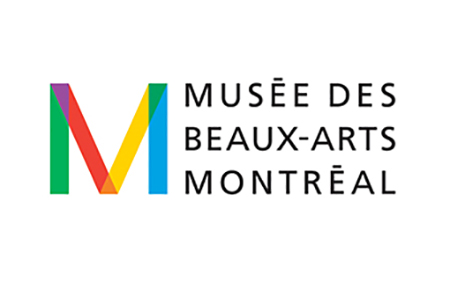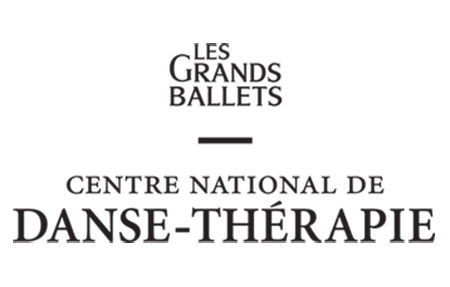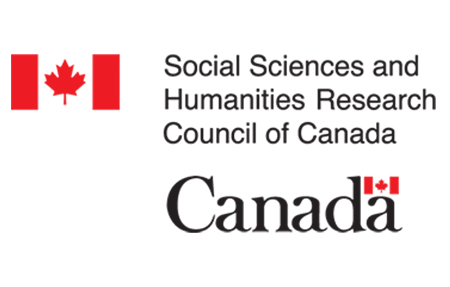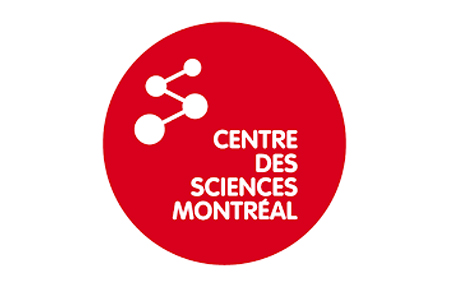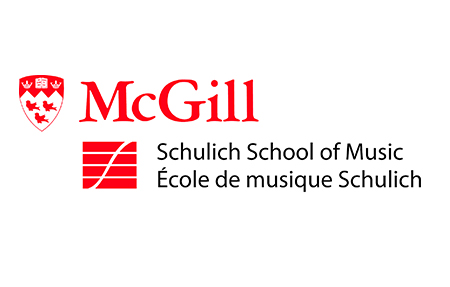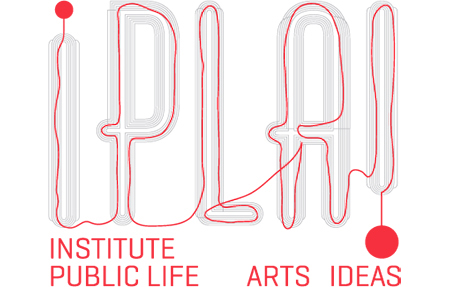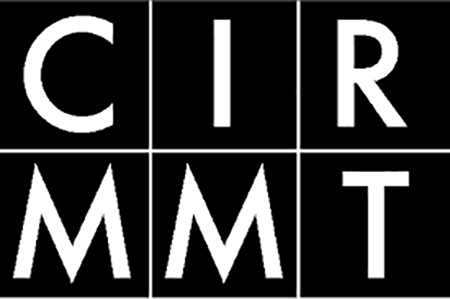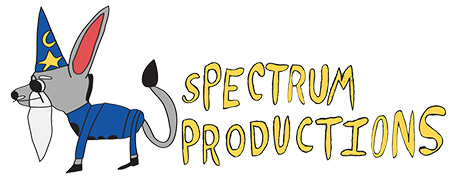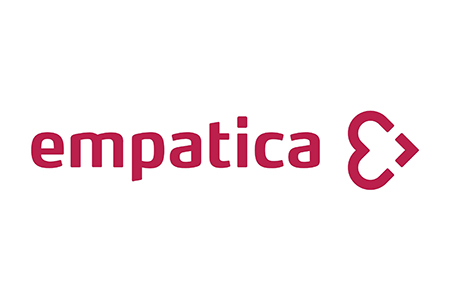An everyday ethics, in participatory approaches, is essential to understanding and enacting what is the best possible good with those to whom the consequences may most matter.
Film by https://www.productionsspectrum.com
Sponsored by a Social Science and Humanities Research Council Connection Grant, we hosted a interdisciplinary, intersectoral and international initiative (Montréal QC, 2017) Interfacing biomusic and autism: The everyday ethics of representing the physiology of what moves us with our Partners: Musée des beaux-arts Montréal, Les grands ballets~Centre national de danse-thérapie, Centre des Sciences, iPLAI, École de musique Schulich, CIRMMT, Empatica.
Biomusic is an innovative technology that translated the physiological representations of emotional states into musical output and our overarching goal was to generate socially accountable knowledge by providing an actual, real-world focus on the use of technology in the creation of inclusive communities. We formed an interdisciplinary collaboration between the humanities, social sciences, and natural sciences to more closely examine the potentialities of biomusic in the creation of autism-friendly cities.
This initiative hosted an unprecedented encounter between a group of citizen stakeholders, industry representatives who have vested interests in the technological manifestation of physiological states, and academic scholars from the humanities (anthropology, art history and communication/media studies), social and natural sciences (engineering, rehabilitation). Biomusic blurs the distinctions between human and technology, emotion and art, public and private, unsettling common-sense assumptions that portray technology as “cold” and associated to a calculating rationality. Instead, it highlights the potential of translating physiological signals into music to humanize how we, as a society, attune to and recognize the presence of persons who are marginalized due to diverse communicative capacities.
Thus, it also constitutes a privileged space to explore the everyday ethics of representing the physiology of what moves us; that is, the physiological signals as well as aesthetical values inspiring action—best encapsulated by literary critic Kenneth Burke’s (1941/1973: 234) observation that, “aesthetical values are intermingled with ethical values and the ethical is the basis of the practical.”
Description of the research disseminated, exchanged, mobilized.
Autists directly link their experiences of socio-spatial exclusion to neurophysiological sensitivities and differences (Davidson, 2010). The increasing prevalence of autism and its depictions in media has raised this clinical category to the level of a social and cultural phenomenon. Yet, neither the economic calculations of its global burden (Baxter et al., 2014), nor its place of prominence “in ongoing social science and humanities debates about intersubjectivity, intentionality, empathy, and the social construction of disability” (Solomon, 2010: 242) address the very real personal and actual cost of misunderstanding and stigmatization of autists and their families (Kinnear et al., 2016).
Biomusic, by enabling others to “tune in” to meaningful changes in an individual’s physiological state, has been shown to increase the sense of presence and personhood of persons who have diverse communicative capacities (Blain-Moraes et al., 2013). Thus, biomusic has profound implications for persons on the neurological spectrum, as it pushes the boundaries circumscribing subjectivity by offering a potential new mode of becoming aware of others’ sensitivities, counteracting (often misread) culturally informed ways of interpreting another’s expressions and actions (Kirmayer and Ramstead, Forthcoming), and thus, potentially supporting more inclusive ways of interacting with others.
REFERENCES:
ARCHIVED WEB PAGE: https://spark.adobe.com/page/8rhQpxSV1fvbU/
PARTNERS
